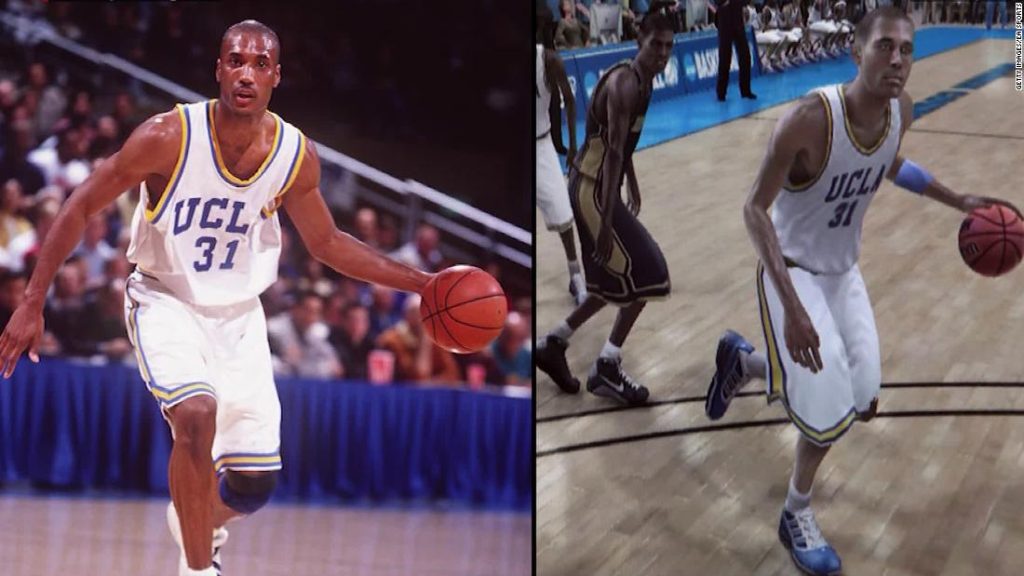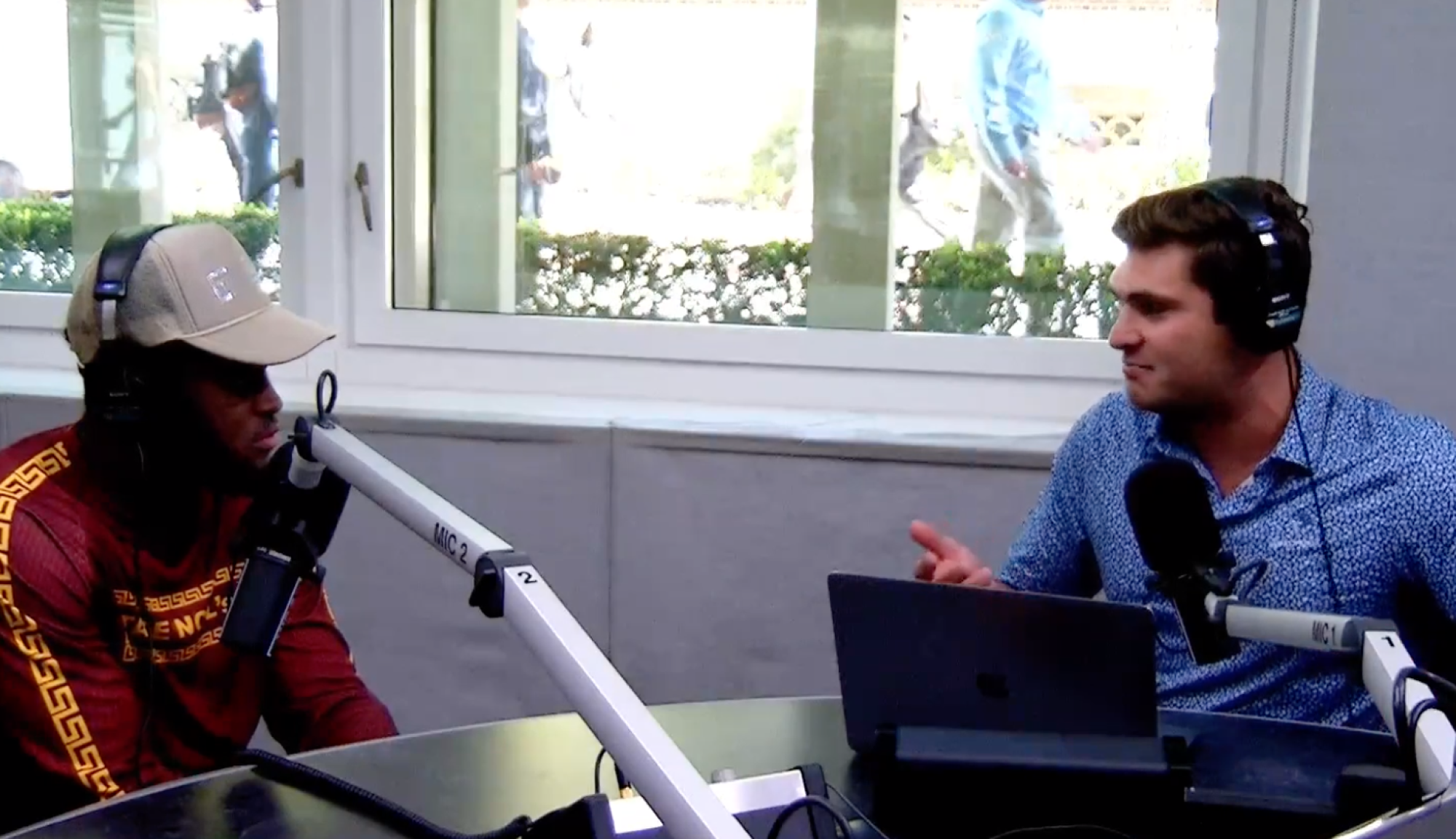HOW A VIDEO GAME SPARKED THE MOVEMENT

When Ed O’Bannon won a college basketball national championship in 1995, the last thing on his mind was reshaping the NCAA 25 years later. In 2009, he saw a friend’s son playing a video game that featured himself and all of his teammates from 15 years earlier. He then sued the NCAA for the use of his likeness without compensation.
In O’Bannon v. NCAA 2015, Supreme Court unanimously sided with O’Bannon, stating that the use of an athlete’s name, image and likeness without compensation was unlawful. While O’Bannon received compensation to pay off lawyer fees, the more significant outcome was leaving the NCAA with an ultimatum: pay their athletes or protect the amateurism that has defined college athletics for over a century.
The NCAA chose the latter.
The debate over whether college athletes should be paid has been ongoing since before O’Bannon. Jeff Fellenzer, a sports business professor at USC, cites the case of Olympic Skier Jeremy Bloom. The NCAA forced Bloom to give up endorsements from skiing when he chose to play college football for the University of Colorado. He also highlighted the fact that colleges generate millions in revenue from their athletes, yet none of them see a penny outside of a scholarship to attend the school.
Even earning money for deals completely unrelated to sport was denied by the NCAA. In 2017, Donald De La Haye created a YouTube channel called ‘Deestroying,’ where he posted videos while playing football at the University of Central Florida. When he eventually gained fame and the 1,000 subscribers necessary to monetize his videos, he had to decide between a football career or social media stardom. De La Haye ended his dream of playing professional football and pursued YouTube full-time. He was able to finish his degree at UCF while making videos full-time and has since grown his following to over five million subscribers on YouTube.
The NCAA’s stance was clear: College athletes are and always will be amateurs. Or so it seemed.
In 2021, Senate Bill 206 legalized athletes profiting off the use of their name, image and likeness, commonly shortened to NIL. After more than a century of controversy, the ongoing debate was over; college athletes can get paid.
Athletes and experts from different fields of college sports — including business and recruiting — agree this change sparked a new era in college athletics, where athletes are shifted from amateur status to that of a professional. Players are becoming their own brands and can develop the tools necessary to build a post-college career that doesn’t involve going pro. It’s changed the way teams recruit players since they now have the ability to incorporate NIL earnings in their pitches to players. It’s even added a focus to high school sports. A new era is clearly apparent and more changes are coming.
